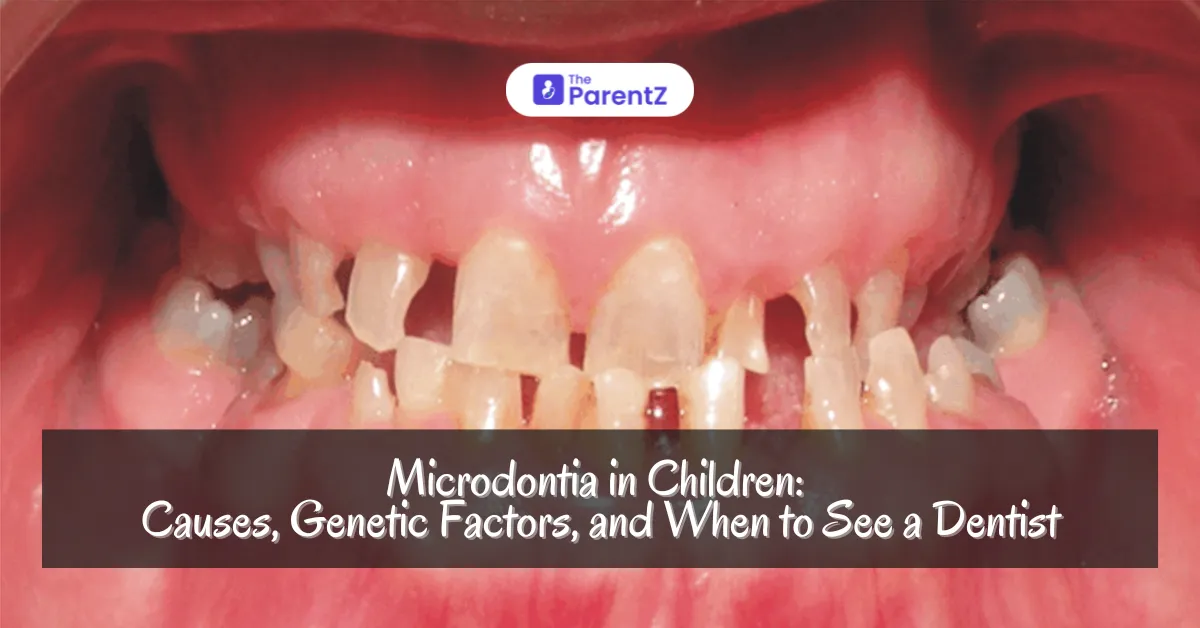Microdontia is a dental condition where one or more teeth appear significantly smaller than average. Though it can occur in both children and adults, the condition is most concerning during childhood as it can affect both baby teeth and permanent teeth. This can lead to dental health issues, impact speech development, and alter a child’s confidence regarding their appearance. Understanding the causes of microdontia, including its genetic roots, and knowing when to consult a dentist can help parents manage this condition effectively.
What Is Microdontia?
Microdontia is classified into three types: localized microdontia, where only one or two teeth are affected; generalized microdontia, where all teeth are uniformly small; and relative microdontia, which occurs when the teeth are normal in size but appear smaller in comparison to the jaw. In most cases, microdontia affects just one or a few teeth, often the upper lateral incisors or third molars (wisdom teeth).
While the condition doesn’t always lead to functional issues, it can result in spacing problems, difficulty chewing, and self-esteem concerns for some children.
Which Children Are Affected?
Microdontia is not extremely common, but it is more likely to occur in children with certain medical conditions or genetic syndromes. Some conditions linked to microdontia include:
•Down syndrome
•Cleft palate
•Ectodermal dysplasia (a condition affecting the development of skin, hair, nails, and teeth)
•Pituitary dwarfism
In children without these conditions, microdontia may still occur sporadically, affecting a single tooth or small number of teeth.
The Genetics Behind Microdontia
Genetics play a significant role in the development of microdontia. The MSX1 and PAX9 genes are often implicated in the formation of teeth, and mutations in these genes can result in dental anomalies like microdontia. Additionally, a family history of dental abnormalities can increase the likelihood of microdontia appearing in a child.
When to See a Dentist
If you notice your child’s teeth appear unusually small or if their teeth are coming in misaligned, it’s essential to schedule an appointment with a pediatric dentist. Early evaluation is crucial because untreated microdontia can lead to other dental complications such as:
•Crowding of other teeth
•Misalignment
•Increased risk of cavities due to improper spacing
Your child’s dentist may recommend treatments like orthodontic care, veneers, or dental bonding to restore functionality and appearance.
Conclusion
Microdontia in children, while often harmless, can pose dental and aesthetic challenges. Understanding its genetic roots and identifying the condition early are essential for effective management. If your child shows signs of microdontia, consult a pediatric dentist to explore treatment options and prevent further complications. By staying proactive, you can help ensure your child’s smile is healthy and confident for years to come.








Be the first one to comment on this story.